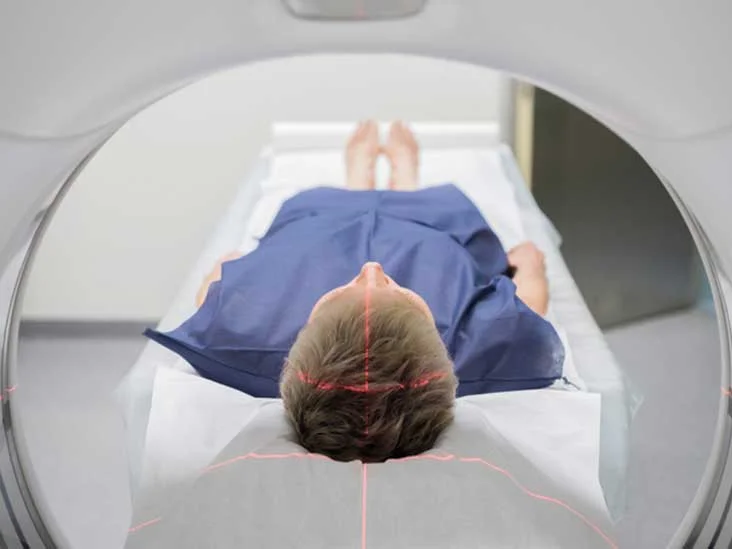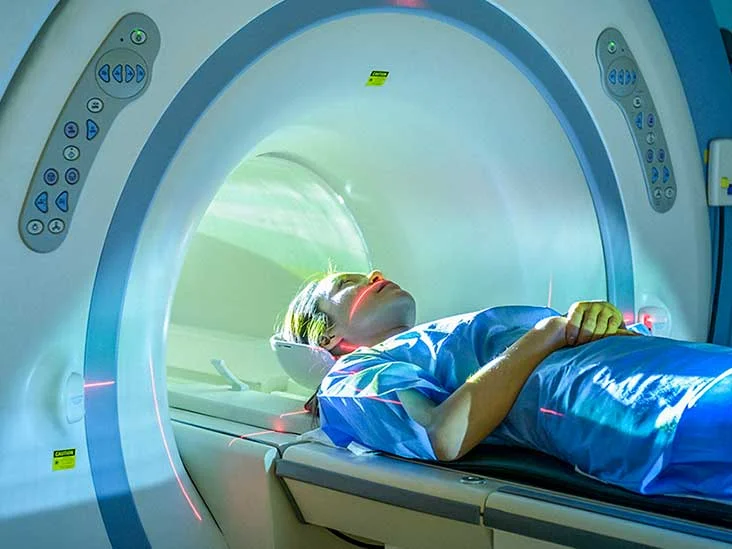What is PET scanning?
3
April
2023
What is PET scanning?
A positron emission tomography (PET) scan produces detailed three-dimensional images of the inside of the body.
Images can clearly show the part of the body being examined, including abnormal areas, and highlight how well a particular bodily function is working.
A PET scan is often combined with a CT scan to create a more detailed picture. This is called a PET-CT scan.
When required it is also combined with an MRI scan (known as a PET-MRI scan).
Why PET scans are used?
A PET scan can show you not only what a particular part of your body looks like, but how it works.
When examining confirmed instances of cancer, PET scans are particularly helpful for figuring out how much cancer has spread and how well it reacts to therapy.
PET scans can be used to plan procedures like brain surgery for seizures or coronary artery bypass grafting.
It can also help diagnose disorders that affect the normal functioning of the brain, such as dementia.
How does a PET scan work?
A PET scanner accumulates and detects radiation in various parts of the body, emitted from a substance injected into the arm called a radiotracer. Most PET scans use a radioactive tracer called fluorodeoxyglucose (FDG). FDG is similar to naturally occurring glucose (a type of sugar), so your body processes it in a similar way.
By analyzing areas where radiotracers accumulate and do not, we can understand how certain bodily functions work.
For example, using his FDG in body tissue can help identify cancer cells. This is because cancer cells use glucose much faster than normal cells.

What happens during the scan?
Radiotracer injection:
The radiotracer takes time to reach the right cells in the body, so it is injected into a vein in your arm or hand about an hour before the scan.
Moving or talking can affect where the radioactive tracer goes on your body, so it's important to relax, stay still as much as possible, and don't talk while you wait. You can go to the bathroom before the scan if you want.
Scan:
During the scan, you lie on a flat bed that slides into the large cylindrical scanner. Stay calm and do not move or talk when the scanner takes pictures of your body.
Scans typically take 30-60 minutes. The scan is completely painless but can be uncomfortable if you lie still for long periods of time. The team of medical professionals can see and talk to you during the scan.

After scanning:
You will not experience any side effects after your PET scan and you can usually go home the same day.
Scan results are typically not available on the same day. They will be given to your doctor and reviewed at your next appointment.
Risk:
As a precaution, you may be advised to avoid close contact with pregnant women, infants and young children for several hours after a PET scan. This is because it is slightly radioactive at this time of year
The CT component of a PET-CT scan also involves a small amount of additional radiation exposure, but the risk of this causing future problems is still very small.
For quality imaging tests in Hillsboro, Texas visit Hill Regional Hospital